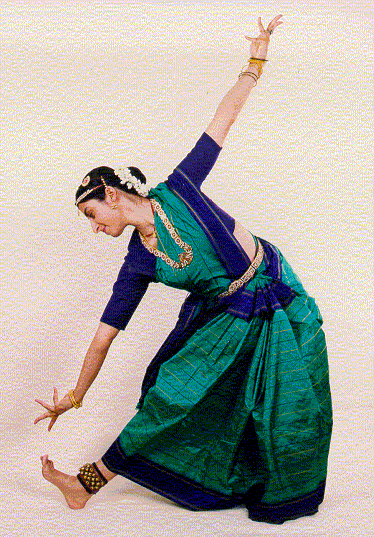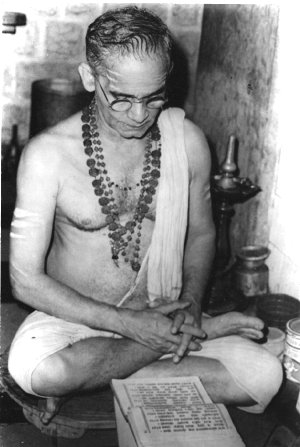 Images of Classical Indian Dance
Images of Classical Indian Dance
 
In the form of the Lord of Dance, Shiva is known as Nataraj and is worshipped by all Classical Indian dancers. 
This is a picture of Guru Shri Prakash Yadagudde. He won 2 scholarships from his native Bangalore, to train further in New Delhi and Madras under U.S. Krishna Rao. He has also trained with Chitra Visweswaran. He has taught over 20 students to Arangetram level and has been teaching in Bhartiya Vidya Bhavan for approx. 15 years. I have had the honour of seeing him dance twice. He is, without a doubt, my favourite dancer. Male Dancers?!

Dr. Barboza, a Catholic Indian has introduced a hasta (hand gesture) to represent Christ Odissi dance of Orissa 
Surupa Sen in a striking Odissi pose. 
Bijayini Sathpathy, an Odissi exponent. Surupa and Bijayini have both learnt Odissi at Nrityagram (located in the outskirts of Bangalore), founded by the late Protima Gauri Bedi. Kathakali from Kerala. 
Kalamandalam Gopi as Arjunan in Kalakeya Vadham. Manipuri from Manipur.   A doll dressed up in Manipuri dance costume. Yes she's a Barbie doll and I hate Barbie dolls, but I am partial to this Barbie as she's sporting a dance costume! Kathak from Northern India. 
Kuchipudi of Andhra Pradesh. 
Anila, Nilimmi Devi's daughter in a Kuchipudi pose. Mohini Attam of Kerala. 
Mohini Attam is danced only by women. Mohini (the form of a beautiful dancer that was taken by Lord Vishnu) danced so beautifully in "The Churning of the Ocean" that she distracted the asuras (demons) and thus ensured that the devas (Gods) got the Amrit. Bharata Natyam

Narasimhachari sisters in an abhinaya pose of Bharata Natyam dance. 
The deities at the Meenakshiamman temple at Madurai, India.
Lovely pic, eh?.
Nritta, pure dance (an adavu). Yes, that's me..
| Go Home |
Please
sign my Guestbook if you enjoyed my page (or not!)
|





